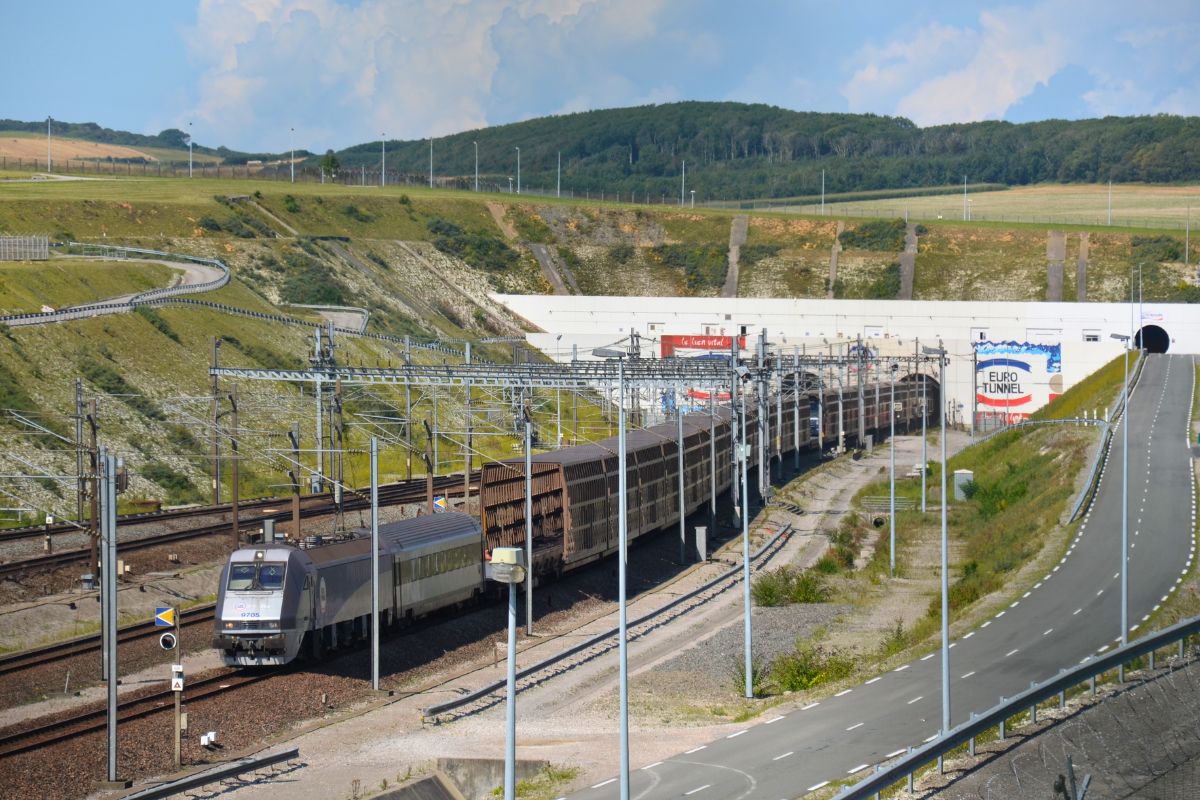The Chunnel Tunnel: A Marvel of Modern Engineering

The Channel Tunnel (often called the Chunnel Tunnel) is one of the most notable achievements in modern engineering. It stretches for about 50 kilometres (31 miles) under the English Channel and connects England with France. The Channel Tunnel was opened in 1994, and since then it has completely transformed travelling and trading between the UK and Europe by providing them with a fast, efficient, and eco-friendly means of transportation that they have never had before.
Those hoping to traverse through the Channel Tunnel can find all relevant info here and book ahead so their journey is completely smooth.
Table of Contents
ToggleThe History Behind the Channel Tunnel
The plan of constructing a tunnel below the English Channel goes back over 200 years. In 1802 French engineer Albert Mathieu suggested a channel with ventilation shafts emerging above sea level. However, for decades, politics and technology prevented any advancements towards this goal.
After a long pause, serious talks resumed in the 19th and 20th centuries, but the construction of the Chunnel Tunnel was only approved by the British and French governments in 1986. The construction was managed by Eurotunnel (currently known as Getlink) and required the help of over 13 thousand workers and sophisticated tunnel boring machines that cut through chalk layers under the seabed.
The project took six years with a budget of roughly 9 billion pounds. A major engineering milestone was reached in December 1990, when construction workers from both sides met. The official opening was in May 1994, with Queen Elizabeth II and French President François Mitterrand in attendance for the ceremony.
Design and Structure of the Tunnel
The Chunnel Tunnel consists of three parallel tunnels:
- Two Rail Tunnels: Freight and passenger trains use these two rail tunnels for transportation.
- One Service Tunnel: This tunnel is located within the rail tunnels and allows for maintenance work to be done in addition to being used as an emergency access route.
The service tunnel is about 4.8 meters, while each of the rail tunnels is about 7.6 meters wide. To minimise disturbances to sea creatures, these tunnels are located at a depth of 50 meters below the seabed on average.
The Chunnel Tunnel’s intricate ventilation and fire control systems are two of its most distinguishing safety features. Cross passages are built into the tunnels every 375 meters to provide safe evacuation if needed.
Economic and Environmental Impact
The Chunnel Tunnel has had major impacts on the economy and the environment. It has led to an unprecedented increase in the UK’s trade, tourism, and employment due to the effective transportation bridge constructed between the UK and Europe.
Economic Benefits
- The Chunnel Tunnel stands out as one of the most important trade routes, as millions of passengers and tonnes of cargo travel through it every year.
- Businesses and consumers no longer rely on ferry or air travel, which significantly saves money.
- Due to swift travel, London, Paris, and Brussels experience heightened levels of tourism and economic activity.
Environmental Benefits
- It reduces carbon emission levels drastically in comparison with ferry or air travel.
- Eurotunnel trains operate on electricity, leading to less pollution than fuel-powered means of transportation.
- The tunnel lowers the overall pollution levels caused by road traffic by alleviating congestion caused at airports and ports.
How to Travel Through the Chunnel Tunnel
The Channel Tunnel primarily serves three types of rail transport:
- Eurostar Passenger Trains: These high-speed trains connect London to Paris, Brussels, and Amsterdam in just a few hours.
- LeShuttle (Eurotunnel) Vehicle Transport: This service allows passengers to drive their cars onto special car-carrying trains for a 35-minute journey between Folkestone and Calais.
- Freight Trains: On a 24/7 schedule, freight services are reliable for logistics throughout the rest of Europe. They serve a major function as they operate between the UK and mainland Europe.
Safety and Security Measures
As a critical infrastructure project, the Chunnel Tunnel is equipped with high-tech security and safety features.
- Advanced Surveillance: CCTV cameras and security personnel monitor the tunnel 24/7.
- Border Control: Both sides enforce customs and immigration control for passengers.
- Fire Safety Systems: Automatic fire-fighting systems and fire-resistant doors are in place to guarantee safety.
- Regular Maintenance: To be sure that safety standards are always upheld, the Chunnel Tunnel is constantly undergoing checks and inspections.
Conclusion
The Channel Tunnel stands out as an incredible engineering marvel that revolutionised transportation between the UK and Europe. It’s unique in its combination of speed, efficiency, and environmental sustainability, and this is why millions of travellers and businesses prefer it every year. In case you want to experience this infrastructure at its best, then check out the website, where they have all the information you need in order to make your trip smooth and delightful.
Published by Azura Everhart
Hey, I am Azura Everhart a digital marketer with more than 5+ years of experience. I specialize in leveraging online platforms and strategies to drive business growth and engagement. View more posts







